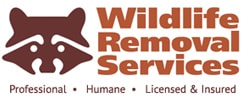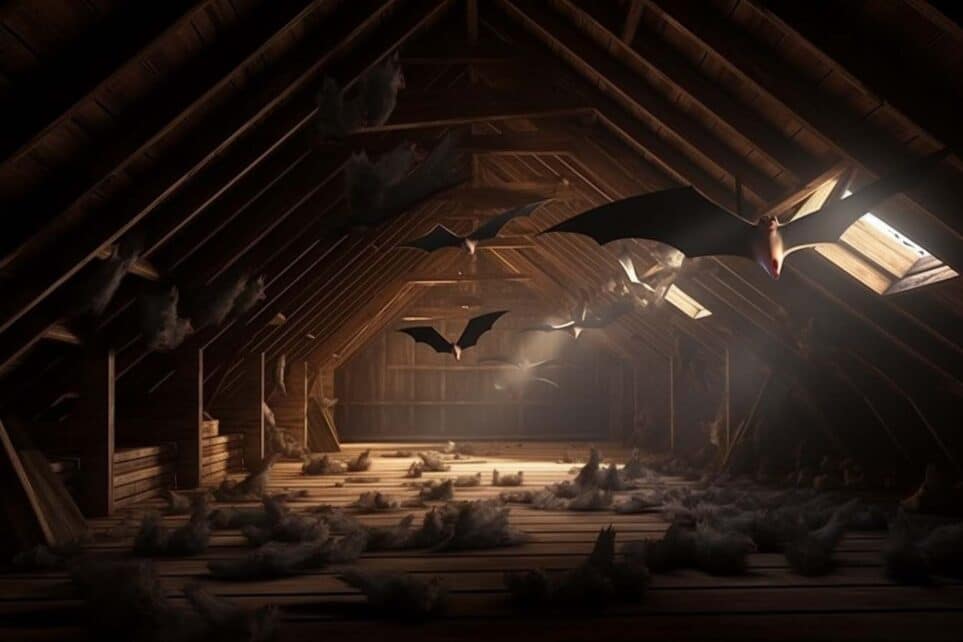Winter is approaching in Florida, and with it comes the problem of bats roosting in attics and under roof tiles. While bats play an important role in controlling insect populations, having them in your attic can create a variety of issues, including health hazards and property damage.
Why Bats Roost in Attics
Bats are looking for warm, dark places to roost during the winter, and attics and under roof tiles can provide the perfect environment. They are also attracted to the insects that may be found in these areas.
Health Hazards Associated with Bats
Bats can carry diseases such as rabies, and their droppings, known as guano, can also pose health hazards. Guano can contain harmful bacteria and fungi, which can lead to respiratory problems if inhaled.
Property Damage Caused by Bats
Bats can cause a variety of property damage, including:
- Chewing through wood and insulation
- Staining walls and ceilings with guano
- Damaging roof tiles
- Creating entry and exit holes in the structure
How to Keep Bats Out of Your Attic
The best way to keep bats out of your attic is to prevent them from entering in the first place. Here are a few steps you can take:
Seal Entry Points
- Inspect your attic for any potential entry points, such as holes or cracks in the roof, walls, and chimneys.
- Use caulk or steel wool to seal these openings
- Install chimney caps and screens
Use Repellents
- Use bat repellents such as ultrasonic devices or natural repellents, such as peppermint oil, to deter bats from entering your attic
Contact a Professional
- If you have a bat infestation, it’s best to contact a professional wildlife removal service. They have the knowledge and equipment to safely remove bats from your attic and prevent them from returning.
Conclusion
Bats roosting in attics and under roof tiles is a common problem during Florida winters. By understanding the problem and taking steps to prevent bats from entering, you can protect your health, your property and the bats. Remember that bats are protected animals and it’s illegal to harm or kill them, so it’s best to contact a professional wildlife removal service to safely relocate them to their natural habitat.”

